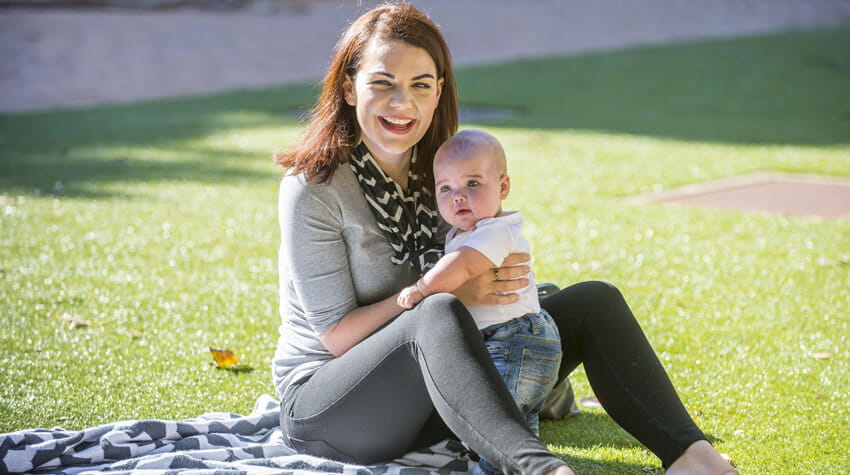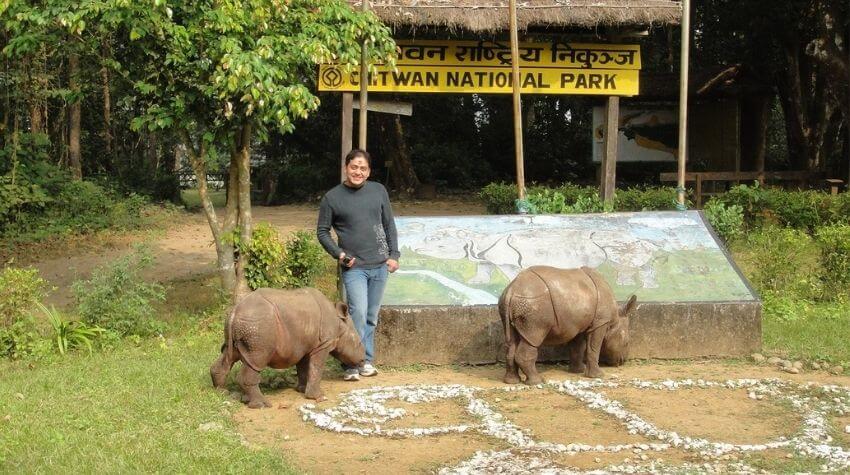While completing a science degree in 2005, Tim Holt embarked on several palaeontology digs in Western Queensland, where he helped uncover fossils of dinosaurs, fish and crocodiles.
Years later, this experience proved invaluable as he ventured into space research and combined these two areas in a new field called Astrocladistics.
'Part of the challenge was getting people to understand how the technique, often used in palaeontology, could benefit space research,' Mr Holt said.
Tim's PhD project at the University of Southern Queensland centres on the study of Jovian Trojans, a group of asteroids out near the orbit of Jupiter. These asteroids didn’t form where they are now, according to Mr Holt, but rather were captured during the chaotic beginnings of the Solar system, making them important historical remnants.
He is now working to group the Trojans into clans using a technique borrowed from biology, called cladistics, an analysis method that helps categorise objects and organisms based on shared traits.
'NASA is launching the Lucy Mission later this year, which will visit six Trojans over the next decade, providing invaluable information of these fossils of the early Solar system. This work helps to provide more context about the Trojans, increasing the value of future Lucy observations.'
Astrophysics Professor Jonti Horner, one of the supervisors of the project, said Trojans were a vital piece of the puzzle when it came to the formation of the Solar system.
'The information gathered by Tim will help to make NASA’s Lucy mission as effective as possible by helping to identify the most interesting targets.'



